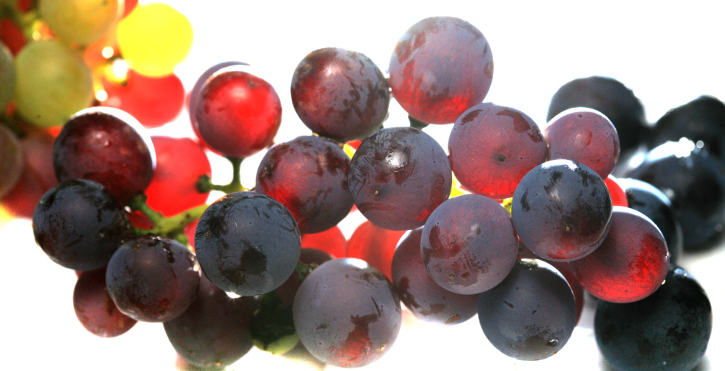The phases and stages of vine cultivation have their own time and peculiarities. In this case we are going to talk about veraison, which is the moment when the grape changes color, it occurs throughout the summer.
This is a key step in the ripening of the grapes and, although its timing and duration depends on the type of grape, the climate and the weather conditions of the season, it always occurs in summer in the northern hemisphere. At this time of the year, the spectacle of nature unfolds before our eyes, which, like an invisible painter, changes the tones of the grapes. If it is white, it goes from the initial green to bright yellow, and if it is a red grape, the evolution is from green to dark and intense red, sometimes bluish or violet.
Veraison represents a transition between grape growth and ripening. And from then on we can say that the grape begins its alcoholic and phenolic maturation. In fact, winegrowers estimate that it should take about 35-55 days from veraison to harvest, depending on the varieties.
It should be clarified that the ripening period depends on the varieties and climates where the vines are grown. For example, Grenache has a slower veraison cycle than other grape varieties.
Although nowadays a series of parameters are controlled and monitored to decide the ideal moment to harvest (such as the level and concentration of sugars and acids), winegrowers in the past tasted the grapes from veraison onwards to check the decrease in acidity in the taste, and thus chose the right moment to pick the grapes.
In any case, despite innovations and technical advances, veraison remains a special and almost magical process and period, in which the vineyard changes color before the eyes of the growers, anticipating an ever closer and more eagerly awaited harvest.
Blog
Veraison: grapes change color




